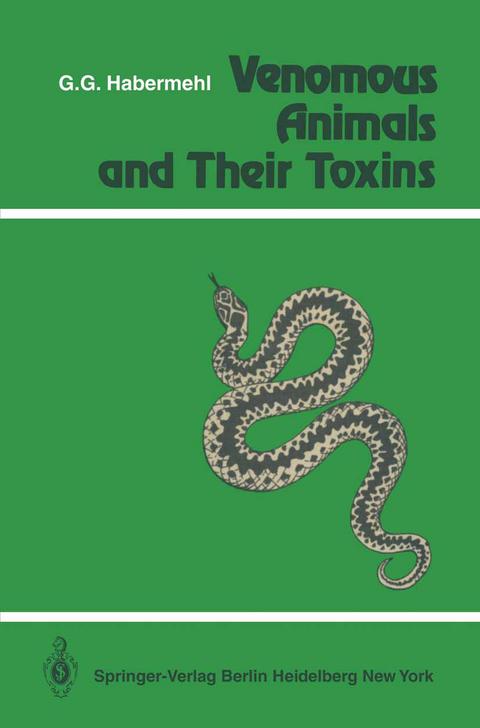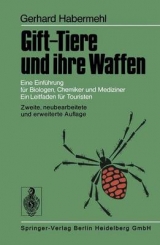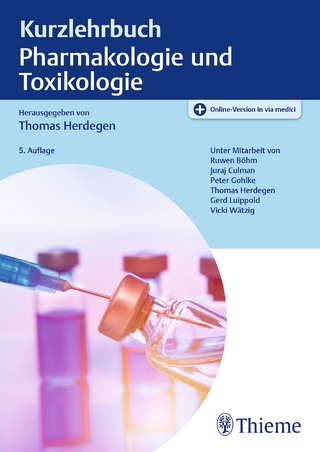
Venomous Animals and Their Toxins
Springer Berlin (Verlag)
978-3-540-10780-4 (ISBN)
1 Coenlenterates, Cnidaria.- 2 Mollusca (Molluscs).- 2.1 Lamellibranchiata (Mussels).- 2.2 Gastropoda (Snails, Slugs).- 2.3 Cephalopoda (Cuttlefishes, Squids and Octopuses).- 3 Arthropoda.- 3.1 Arachnidae.- 3.2 Myriapoda.- 3.3 Hexapoda (Insects).- 4 Echinodermata (Echinoderms).- 4.1 Holothurioidea (Sea Cucumbers).- 4.2 Echinoidea (Sea Urchins).- 4.3 Asteroidea (Starfishes).- 4.4 Ophiuroidea (Brittle Stars, Serpent Stars).- 5 Pisces (Fishes).- 5.1 Poisonous Fishes.- 5.2 Actively Venomous Fishes.- 6 Amphibia (Amphibians).- 6.1 Anura (Frogs, Toads).- 6.2 Urodela (Newts, Salamanders).- 7 Reptilia (Reptiles).- 7.1 Elapidae.- 7.2 Hydrophiidae (Sea Snakes).- 7.3 Viperidae (Vipers).- 7.4 Crotalidae (Pit Vipers, Rattlesnakes).- 7.5 Colubridae.- 7.6 Heloderma (Gila Monsters).- 8 Therapeutic Use of Animal Venoms.- 8.1 Snake Venoms.- 8.2 Bee Venom.- 8.3 Toad Venom.- List of Institutes Which Produce Antivenins.
| Erscheint lt. Verlag | 1.11.1981 |
|---|---|
| Zusatzinfo | X, 198 p. |
| Verlagsort | Berlin |
| Sprache | englisch |
| Maße | 155 x 235 mm |
| Gewicht | 329 g |
| Themenwelt | Medizin / Pharmazie ► Medizinische Fachgebiete ► Mikrobiologie / Infektologie / Reisemedizin |
| Studium ► 2. Studienabschnitt (Klinik) ► Pharmakologie / Toxikologie | |
| Naturwissenschaften ► Biologie ► Mikrobiologie / Immunologie | |
| Naturwissenschaften ► Biologie ► Zoologie | |
| Schlagworte | Cnidaria • Echinodermata • Gifttiere • Hexapoda • Mollusca • Myriapoda • Toxikologie |
| ISBN-10 | 3-540-10780-0 / 3540107800 |
| ISBN-13 | 978-3-540-10780-4 / 9783540107804 |
| Zustand | Neuware |
| Haben Sie eine Frage zum Produkt? |
aus dem Bereich



